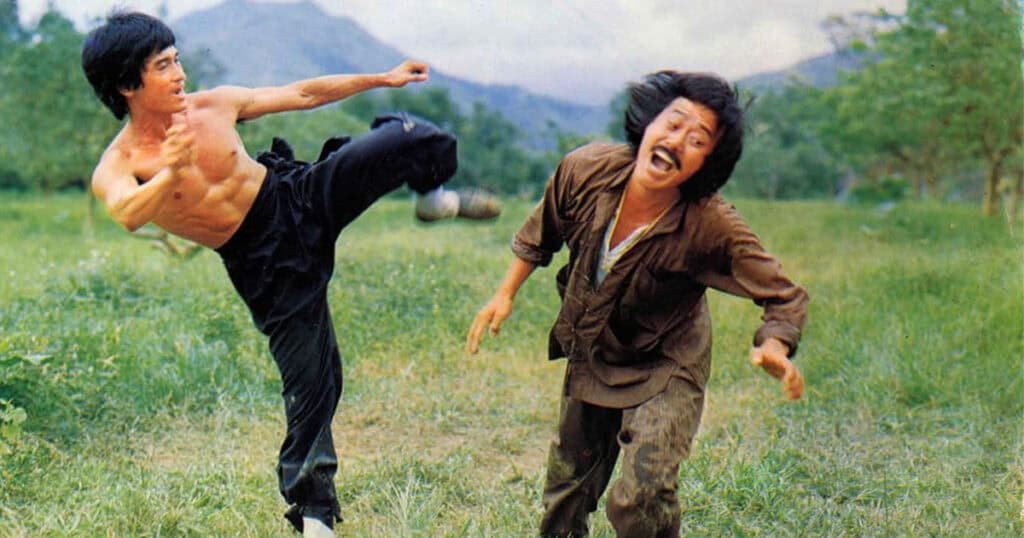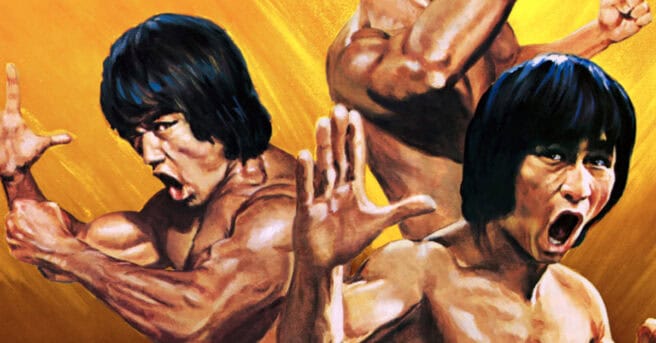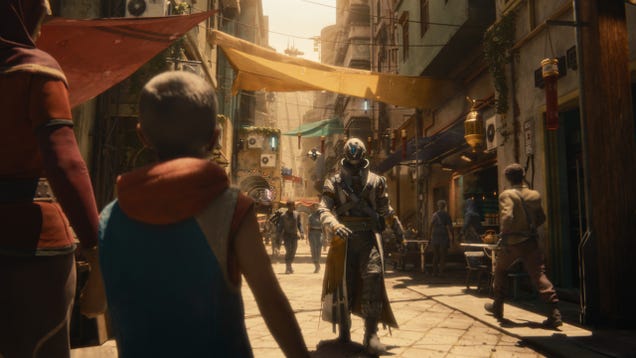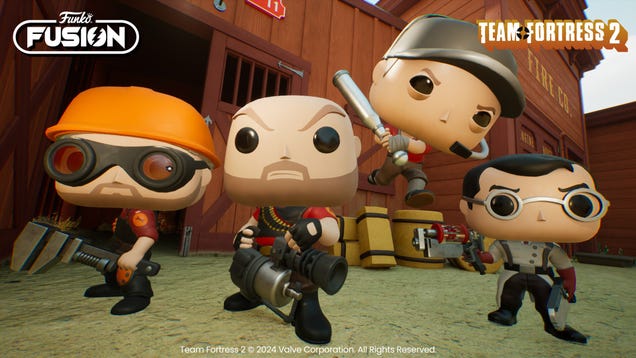

PLOT: A deep dive into the Bruce Lee exploitation film craze that dominated grindhouse cinema after the iconic martial artist’s death.
REVIEW: Flashback to the year 1994. On my 13th birthday, while cruising the video store for a movie to watch with my friends at my birthday sleepover, on a whim, I decided to rent Enter the Dragon. I was never the same. After watching it, I enrolled in Karate classes and tried to learn as much about Bruce Lee as possible. While cruising those same video store aisles, I was very confused by how many kung-fu movies had his name and image on the cover, given that, even back then, I knew there were only four Bruce Lee movies, plus Game of Death. And why were they constantly misspelling his name? Who was Bruce Le? Or Bruce Li? Or Bruce Liang?
This, of course, was my introduction to the bizarre world of the Bruce Lee-alikes. As the story goes, in the wake of Bruce Lee’s death, international buyers were still clamouring for Bruce Lee movies, so independent Chinese producers started churning out hundreds of Bruce Lee knock-off movies starring martial artists styled to look like Lee himself.
Now, this interesting true story has a feature-length documentary in the vein of classic exploitation movie docs like Not Quite Hollywood. This documentary, by David Gregory, tracks this weird grindhouse phenomenon by finding and interviewing many of the Bruce Lee lookalikes, all of whom prove to be highly engaging raconteurs.
All of the Bruce Lee clones have moved on from the film business, with the anonymity afforded to them by using these fake names allowing them to reinvent themselves once the phenomenon ended. There are no really sad stories here, with it an interesting counterpoint to the recent Brats in that none of these men, all of whom never really got to profit off the many films they made, seem to have little to no bitterness about their former lives. They look back at the grind of making these movies fondly, acknowledging that the tenuous connections to Bruce Lee that the producers exploited mainly were made up.

Of the interviewees, the most engaging are the two biggest Bruce Lee clones – Bruce Le and Bruce Li, both talented enough that interviewees like Sammo Hung and Eric Tsang say they likely could have become stars on their own merits. Now an osteopath, Bruce Li remembers the most significant challenge being that he had to imitate Lee’s fighting style, which he says was way more legitimate and street-level than many of his contemporaries. Li mostly worked in the Hong Kong film industry and came closer than most to establishing a career in his own right. Still, he remembers the grind of working with directors like Geoffrey Ho (who also proves to be an engaging interviewee), brutal as they worked seven days a week on little to no sleep.
Bruce Le’s experience also proves to be pretty interesting, as he primarily worked with European grindhouse producers, so he turns up in scattershot roles in movies like the splatter horror classic Pieces. He seems amused at how cheap his movies were, with him remembering that at one point he was sent to a party where a cameraman took footage of him meeting Jane Seymour and Jack Klugman, only for this to be spliced into the film he was making so they could be credited on the poster.
Beyond the Bruce Lee of it all, the movie also tackles the fractured state of the Hong Kong industry at the time, with kung fu movie legend David Chiang remembering the grind of working for Shaw Brothers (which never lowered itself to Bruce Lee clone movies). Producer Andre Morgan gives us a fascinating insight into working for Golden Harvest. He remembers, with some regret, the lengths they went to finish Game of Death, which became perhaps the most ill-advised Bruce Lee ripoff movie of them all. While the Bruce Lee ripoff movies are far from classics, everyone looks back fondly at the old ways of shooting fight scenes. Many of them say that, in newer movies, fights are broken up into many 3 or 4 moves at a time, whereas they shot their fight scenes with only one camera and only a precious amount of film, meaning they had to remember dozens of moves.
Another interesting bit centers on Angela Mao, who was dubbed the female Bruce Lee (she plays his sister in Enter the Dragon). She’s interviewed from the Chinese restaurant she owns in the US, looking shockingly youthful and remembering with glee how much fun she had being an action hero in the 1970s.
While a little more ragged than slicker showbiz docs, I had a total blast with Enter the Clones of Bruce. It’s out on Blu-ray (buy it here) and is worth checking out if you’re a martial arts movie history fan.
The post Enter the Clones of Bruce Review appeared first on JoBlo.






